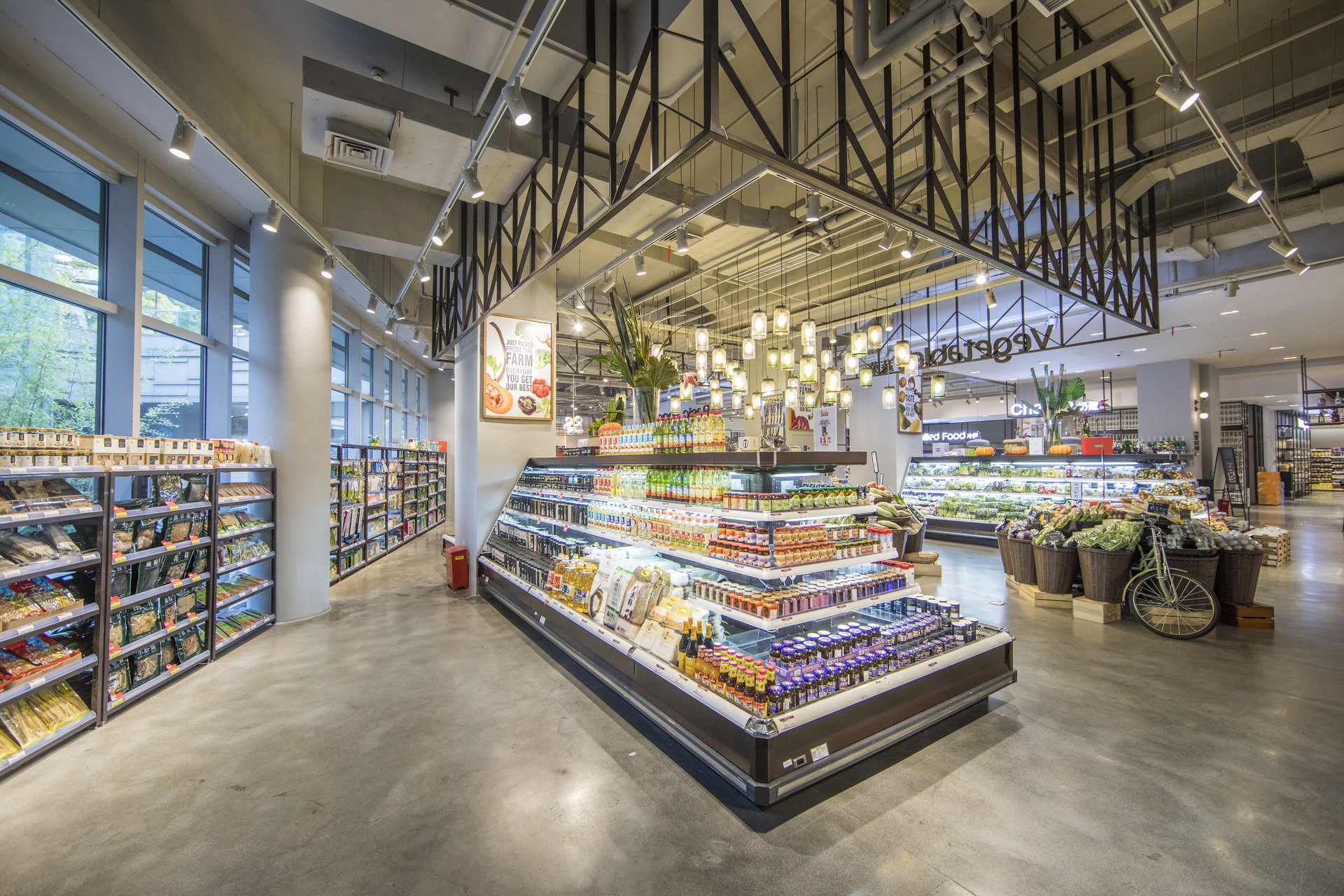The advent of online commerce has fundamentally changed consumer behavior, creating distinct trends compared to traditional commerce. In this blog post, we’ll explore the key differences in consumer behavior between these two domains and how businesses can leverage these insights to succeed in both arenas.
1. The Path to Purchase
Traditional Commerce: Linear Journeys
In traditional commerce, the path to purchase is often more linear. Consumers typically visit a physical store, browse products, seek assistance from sales staff, and make a purchase. The in-store experience heavily influences buying decisions, with factors such as store layout, product placement, and personal interactions playing significant roles.
Online Commerce: Non-Linear and Multichannel
Online commerce presents a more complex, non-linear path to purchase. Consumers often engage with multiple touchpoints before making a decision. They might discover a product through social media, read reviews on various platforms, compare prices on different websites, and finally make a purchase through an app or e-commerce site. The digital journey is characterized by extensive research and multiple interactions across channels.
2. Information Gathering
Traditional Commerce: In-Store Experience
In traditional retail, consumers rely on in-store experiences to gather information. They can physically examine products, read labels, and seek assistance from knowledgeable staff. This tactile and personal interaction often builds trust and influences purchasing decisions.
Online Commerce: Reviews and Recommendations
Online shoppers have access to a wealth of information at their fingertips. Reviews, ratings, and recommendations play a crucial role in the decision-making process. Consumers often trust peer reviews more than brand advertising, making it essential for businesses to manage their online reputation and encourage positive customer feedback.
3. Convenience and Accessibility
Traditional Commerce: Immediate Gratification
One of the main advantages of traditional commerce is the immediacy of the purchase. Consumers can walk into a store, buy a product, and take it home right away. This instant gratification is particularly appealing for urgent needs and impulse purchases.
Online Commerce: Convenience and Home Delivery
Online commerce offers unparalleled convenience. Consumers can shop from anywhere at any time, without the need to visit a physical store. Home delivery options, including same-day or next-day shipping, have further enhanced the convenience factor, making online shopping a preferred choice for many.
4. Personalization and Customization
Traditional Commerce: Personal Interaction
In traditional commerce, personalization often comes through personal interaction with sales staff who can provide tailored recommendations based on customer preferences. This human element can create a more personalized shopping experience.
Online Commerce: Data-Driven Personalization
Online retailers leverage data and algorithms to deliver personalized experiences. By analyzing browsing history, past purchases, and demographic information, online stores can offer customized recommendations, targeted promotions, and personalized content. This data-driven approach allows for a high degree of personalization at scale.
5. Trust and Security
Traditional Commerce: Established Trust
Traditional retail stores often benefit from established trust. Physical presence, brand reputation, and the ability to see and touch products contribute to consumer confidence. Return policies and customer service also play a role in building trust.
Online Commerce: Security Concerns
While online shopping is convenient, it also comes with concerns about security and privacy. Consumers are cautious about sharing personal and financial information online. Therefore, e-commerce businesses must prioritize secure payment systems, transparent privacy policies, and robust customer support to build and maintain trust.
6. Price Sensitivity and Comparisons
Traditional Commerce: Limited Comparison
In physical stores, price comparison is limited to the products available within the store or nearby competitors. Consumers may accept slightly higher prices for the convenience of immediate purchase or brand loyalty.
Online Commerce: Easy Comparison
Online shoppers can easily compare prices across multiple retailers with just a few clicks. This ease of comparison makes consumers more price-sensitive and encourages them to seek the best deals. E-commerce businesses often use dynamic pricing, discounts, and loyalty programs to attract and retain customers.
7. Shopping Experience
Traditional Commerce: Sensory Experience
The sensory experience in traditional retail is unmatched. Consumers can see, touch, smell, and try products before buying. This sensory engagement can significantly influence purchasing decisions, particularly for items like clothing, food, and cosmetics.
Online Commerce: Visual and Virtual Engagement
Online commerce relies on high-quality images, detailed descriptions, and, increasingly, virtual reality (VR) and augmented reality (AR) technologies to replicate the sensory experience. Virtual try-ons, 360-degree product views, and immersive shopping experiences are becoming more common to bridge the gap between online and physical shopping.
Conclusion
Understanding the distinct trends in consumer behavior between traditional and online commerce is crucial for businesses aiming to thrive in both environments. While traditional commerce offers immediacy, sensory engagement, and established trust, online commerce excels in convenience, extensive information, and data-driven personalization. By recognizing these differences and adapting strategies accordingly, businesses can effectively meet the evolving needs of consumers in the digital age.
